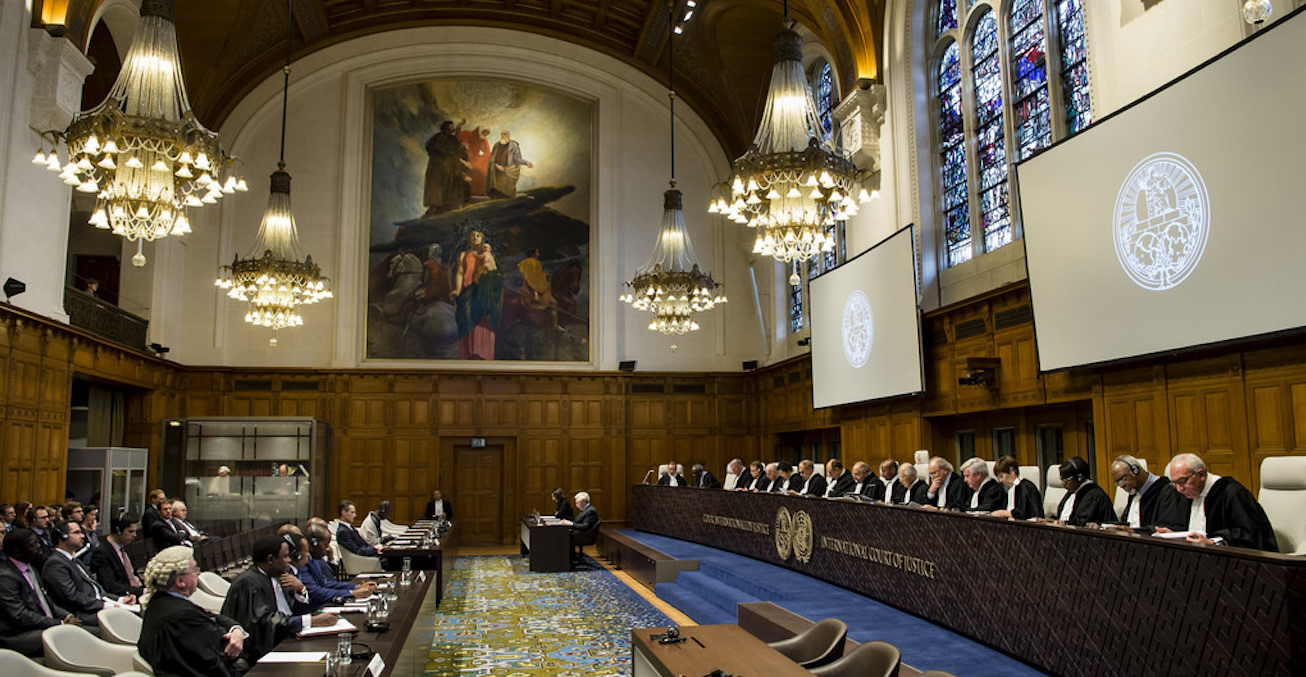International Dispute Settlement: Key Trends and Prospects

Following the recent signing of a maritime boundaries treaty by Australia and Timor-Leste, it’s a good time to consider the standing of international law and international dispute settlement. Important changes are occurring in this pivotal field.
International law has moved beyond the regulation of purely interstate matters. It now encompasses a wide array of fields, governing relations between combinations of public and private entities (and individuals). As a general legal order, it serves as framework for the operation of systems of special international law, including fully-fledged legal and institutional regimes.
Dispute settlement, in turn, has a two-fold character: as object of regulation by, and means for the operation of, international law. Dispute settlement plays a key role in the determination of the existence and precise content of international law obligations. In particular, arbitral and judicial adjudication have emerged as the preferred methods for international dispute settlement.
The growing scope of international law and the increasing prominence of international institutions have implied greater limitations of state sovereignty and partial transference of sovereign power in treaty-based supranational legal orders, epitomised by the European Union (EU). Globalisation not only reallocated sovereign power at the institutional level, but also resulted in a redistribution of economic power, which is continually shifting to emerging economies.
The tumultuous developments of 2017 have reinforced trends towards nationalism, protectionism and unilateralism, all under the guise of the exercise of sovereignty. This can be seen in American trade policy, which has moved away from previous policies of “deference to international dispute settlement mechanisms” and instead called for a defence of “American sovereignty”. It adds to the broader challenges of institutional and evidence-based decision-making in an era of “post-truth”. Many have argued that these trends of contestation in turn influence political discourse on international law, sowing distrust in international courts and tribunals, and posing populist challenges to human rights.
While the Asia-Pacific has rejected protectionism, through the signing of the Comprehensive and Progressive Agreement for Trans-Pacific Partnership (the CPTPP, incorporating most of the TPP, from which the United States had withdrawn in January 2017), trends opposing globalisation are not diminished.
Trends
The growth in Asia has been accompanied by an embrace of international dispute settlement. International arbitration features as a preferred dispute settlement method within the framework of China’s Belt and Road Initiative (BRI).
While international arbitration remains dominant, methods such as conciliation are gaining prominence. On 6 March 2018, Timor-Leste and Australia signed a new maritime boundaries treaty, completing conciliation proceedings during which two related arbitrations were concluded, following a withdrawal of claims. The issues underlying the dispute reportedly date back 45 years.
Environmental matters have assumed a prominent role in decisions of international courts and tribunals. On 2 February 2018, the International Court of Justice delivered a judgment in Costa Rica v Nicaragua, ordering, for the first time, the payment of compensation for environmental damages. On 7 February 2017, an International Centre for Settlement of Investment Disputes (ICSID) arbitral tribunal ordered Burlington to pay Ecuador about AUD$49 million in damages for environmental remediation costs. On 7 February 2018, the Inter-American Court of Human Rights (IACtHR) notified Advisory Opinion OC-23/17 of 15 November 2017, setting out the content of an autonomous “right to a healthy environment”.
Prospects
The prospects for international dispute settlement may be best appreciated by reference to proposals for reform of Investor-State Dispute Settlement (ISDS). Unlike ISDS, international commercial arbitration remains unaffected.
ISDS’s perceived unpredictability, illegitimacy and lack of transparency have led to the proposals for its reform. These range from complete termination of ISDS, to the adoption of a permanent institutional framework in the form of an Investment Court System (ICS), and the reform of the various existing regimes (allowing for the constitution of arbitral tribunals on a case-by-case basis under bilateral or multilateral treaties) by means of a multilateral convention. The EU, which deems proposals for multilateral reform of existing regimes insufficient, strongly supports an ICS. Related to this, on 6 March 2018, the EU Court of Justice (CJEU) gave its judgment in Case C-284/16, in connection with proceedings concerning an intra-EU bilateral investment treaty (BIT), and concluded that arbitration provisions like the one in the BIT at issue have “an adverse effect on the autonomy of EU law.”
The trend towards greater use of international dispute settlement and increased diversity in the choice of dispute settlement methods is a sign of continuity even if greater competition among those methods has ensued. Furthermore, engagement by international courts and tribunals with issues of global concern, such as the environment, illustrate the suitability of international dispute settlement to address major global challenges.
There may be potential for disruption in specific areas, most notably ISDS, should proposals for profound reform prevail. If it does, it would reflect strong reassertions of sovereignty and primacy of internal over international law. This, however, does not detract from the continuity of international dispute settlement, which has promising, and very strong prospects.
Dr Diego Mejía-Lemos is a post-doctoral fellow at the Faculty of Law of the National University of Singapore.
This article is published under a Creative Commons Licence and may be republished with attribution.





